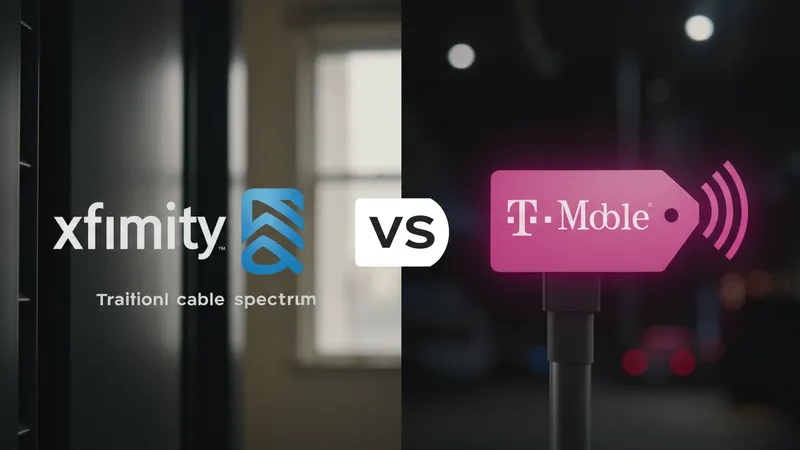
Internet Bills Too High? Learn How To Cut Costs
Provider Comparisons for Reducing Internet Bills
Examining the differences among major internet providers can reveal key opportunities for reducing monthly bills in the United States. Legacy cable companies like Xfinity and Spectrum have longstanding reputations but are often more expensive compared to newer options. T-Mobile’s 5G Home Internet brings wireless innovation to the residential market, frequently undercutting traditional wired plans in both price and flexibility. Meanwhile, government-supported initiatives lower the entry barrier for millions of Americans, regardless of provider.

One point of contrast is in pricing transparency. T-Mobile typically charges a flat rate with taxes and fees included, whereas Xfinity and Spectrum often add equipment rentals or unadvertised surcharges. This makes true monthly bills harder to compare on face value—savvy consumers check for hidden costs when choosing or renegotiating.
Geographic coverage also shapes what’s available. While ACP discounts can apply to nearly any provider, only some regions enjoy T-Mobile’s 5G coverage or competitive fiber options. That means rural versus urban locations can experience very different savings potential, with wireless internet often emerging as the most affordable alternative where cable monopolies persist.
Retention deals remain one of the most overlooked tactics for customers determined to cut their bills. Even if T-Mobile or ACP aren’t yet an option in your area, Xfinity and Spectrum frequently offer loyalty discounts when faced with a cancellation request. This environment of increased provider competition is steadily shifting power back to U.S. consumers—if they know how to use it.